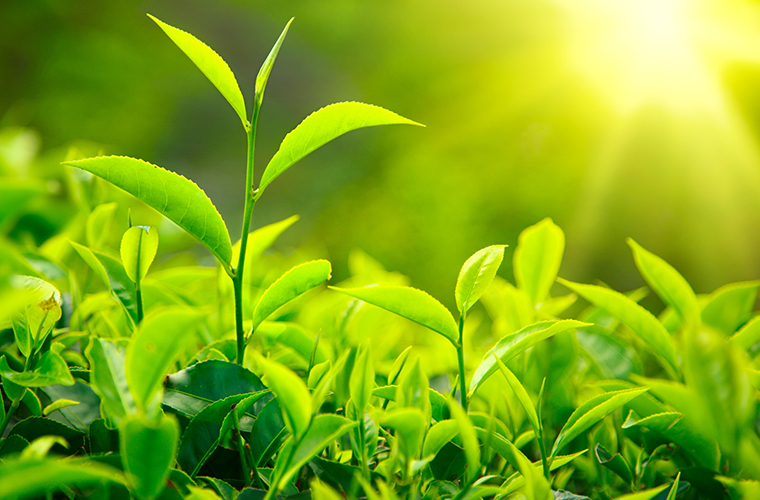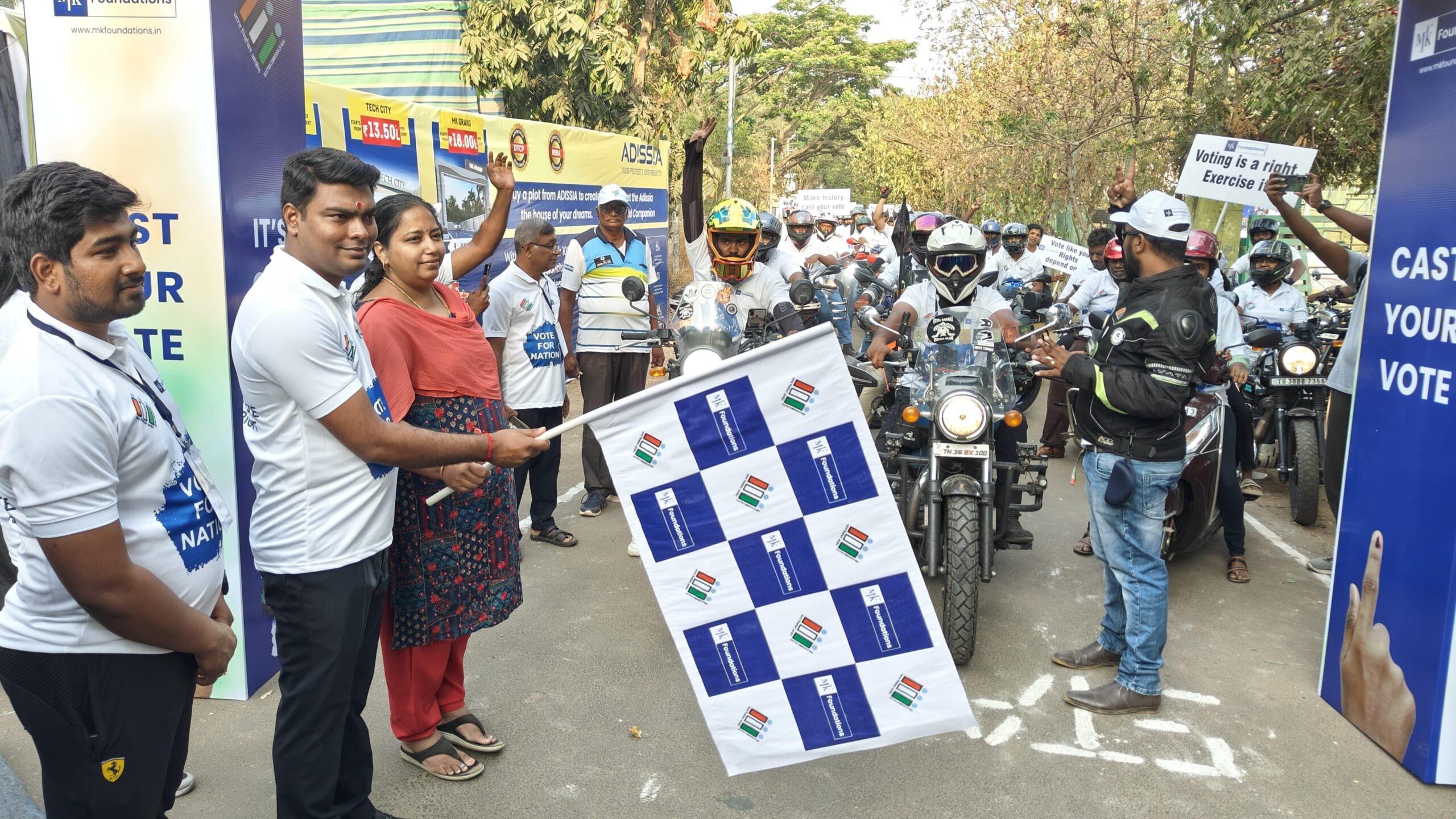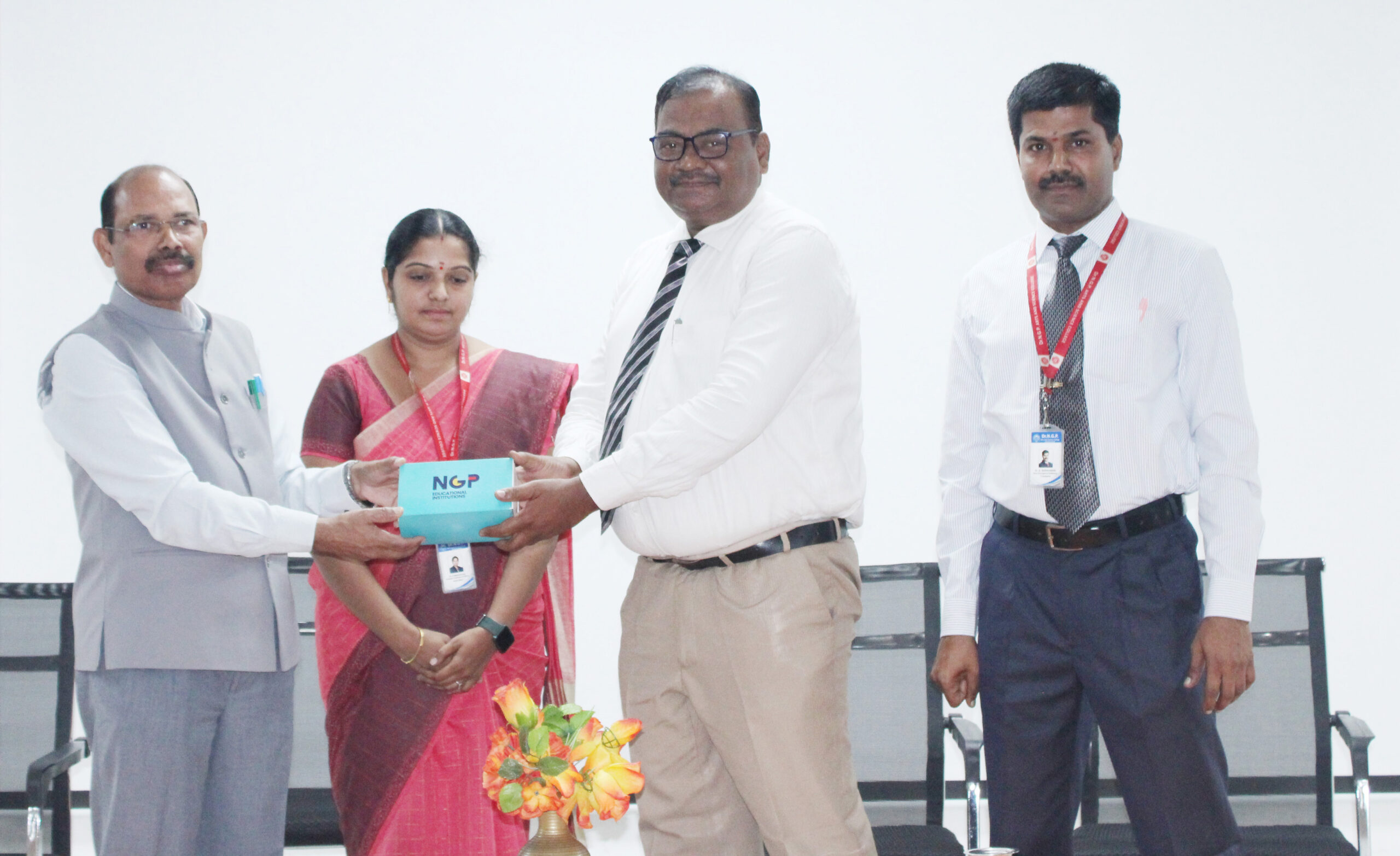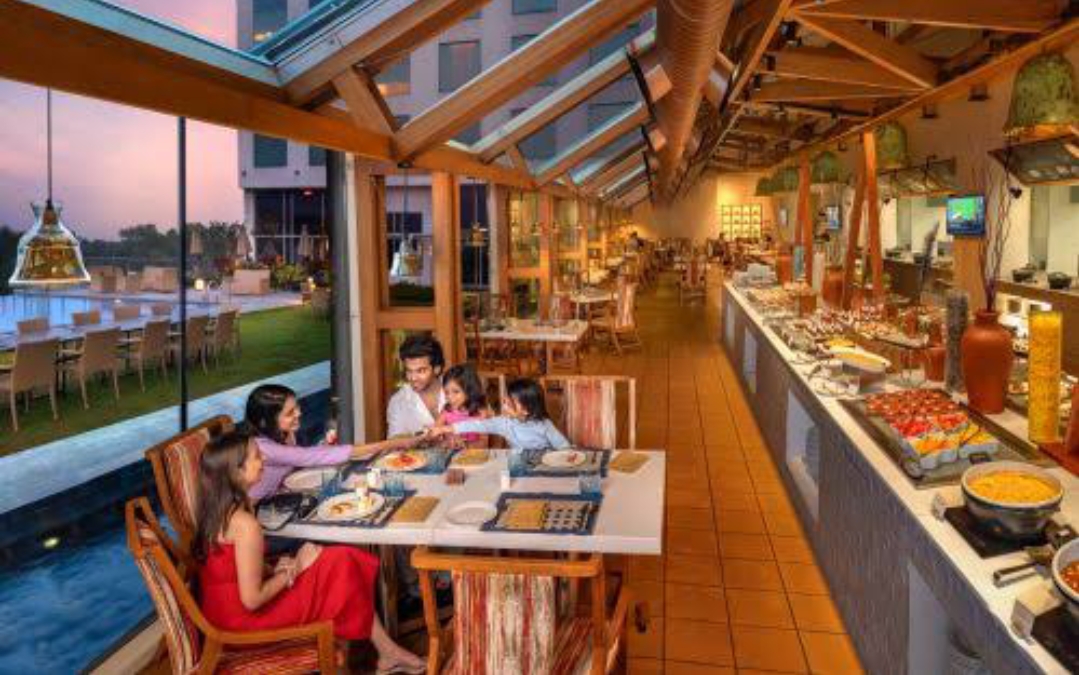Trending Now
- IPL 2024 begins with a bang. First contest between CSK and RCB.
- Election commission allots mike symbol to Naam Thamizhar Katchi
- AIADMK promises to urge for AIIMS in Coimbatore, in its election manifesto.
- Ponmudi becomes higher education minister.
Coimbatore
Chronicling the journey: ‘You can’t buy happiness but you can buy tea’
![]() December 28, 2016
December 28, 2016
Bengaluru : How can International Tea Day go unnoticed by a country run by a chaiwallah (a terminology popularised by our PM)? Chai for Indians is more than a cup of tea, it is an integral part of our lives; a drink that keeps us going, gets us together, energises us like no other. “Chai is an emotion for us. No wonder we voted for a chaiwallah, believing that his kadak chai will solve all our problems,” chuckles Sudeshna Saha Roy, HR.
Consumption of tea in India was first documented in the Ramayana(750-500 BCE), where it was called Sanjeevani tea. For the next thousand years, documentation of tea in India was lost in history. Records re-emerged during the first century CE with stories of Buddhist monks Bodhidharma and Gan Lu, and their involvement with tea. Most research reveals tea as indigenous to eastern and northern India, cultivated and consumed there for thousands of years. However, commercial production of tea in India began after East India Companycame to India.
Maniram Dewan (1806-1858) was the first Indian tea planter and is credited with establishing commercial plantations of Assamese tea. A drink that mainly catered to anglicised Indians became a household name after many campaigns by the Tea Board. “Life would have been so boring without tea. We start the day with a piping hot cup. We take tea breaks in office to refresh,” says Sayantan Das, a teaholic.
Today, India is one of the largest tea producers in the world, although over 70 percent of it is consumed within India itself (approx 837000 tonnes of tea is consumed every year), but that is hardly surprising. The ritual of drinking tea transcends all boundaries, it is a culture on its own. “No wonder, filmmakers have explored the subject extensively. My favourite is “Paradesi” (2013), a Tamil movie based on real life incidents in pre-independence era in the southern tea estates,” Das concludes.
There are many popular variations of tea, most popular being milk tea with ginger and spices like cardamom
– Popular tea brews in Assam are Sah, Ronga Sah (red tea without milk) and Gakhir Sah (milk tea)
– In West Bengal,tea is called Cha (milk tea) and Raw Cha (no milk, with a dash of lemon)
– In Hindi speaking North India, popular tea brews are Masala Chai, Kadak Chai (typically a feature of mountain communities, this is a very strongly brewed tea almost to the point of bitterness)
– Malai Mar Ke Chai (where a generous dollop of full fat cream is spooned into the cup of tea) are some of the more popular variations























